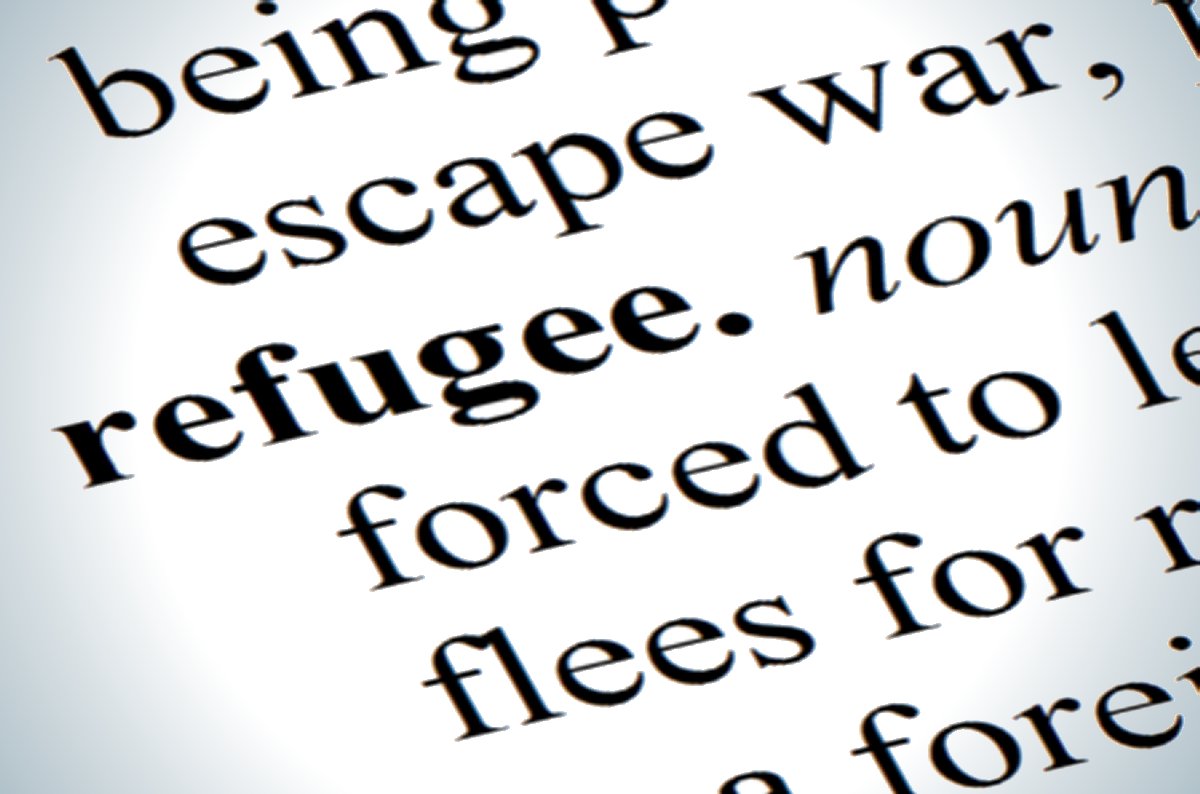The Rohingya
Muslims, are a stateless minority group within Myanmar numbering nearly two
million. The Rohingya are a distinct ethnic minority primarily in Bangladesh
and Myanmar. In Myanmar, a primarily Buddhist country, the Rohingya are denied
citizenship rights under the 1982 citizenship laws, and are excluded from the
census data of the government. They are classified as ‘illegal immigrants,’
with no rights under the government.
Due to their lack
of citizenship standing they are denied rights to land or property. Their
homes, farms, and businesses may be taken by government agencies and
distributed to ‘legal’ citizens of Myanmar. Many of their rights to healthcare,
education, employment, and free movement are restricted by their government.
Since October
2016, nearly one million have fled to nearby Bangladesh. Mounting ethnic violence
led to acts of atrocities from the Myanmar security forces. Mass migration of
internally-displaced person led to a quasi-encampment being formed in the state
of Rakhine. These displaced persons were also victimized by local populations
and saw their temporary homes slashed and burned. As the violence mounted an
estimated one million fled to Bangladesh for safety. Still yet, tens of
thousands remain displaced with Myanmar continuously fleeing for safety. An
ongoing persecution with killings, bombing, and arson in village has led to
well-founded fears of persecution.
Recently Myanmar
and Bangladesh agreed to begin the repatriation of the Rohingya citing their
well-founded fears of persecution were settled. Under this agreement 1,500
refugees would be repatriated a week. Under this ‘voluntary’ plan it would take
nearly a decade to bring back 740,00 or more refugees to Myanmar. However, as
no plans for maintain human rights and securing safety have been made many are
beginning to question this repatriation of persons back to Myanmar.
While some aid has made its way to Bangladesh the world's aid organizations have done very little to help the estimated 1.2 million refugees from the crisis. Furthermore, while the United Nations has condemned the attacks they have done little to nothing to help curb the atrocities taking place within the borders of Myanmar. We must ask ourselves where the protections for these individuals are.
I thought the class would enjoy this blog as well. It is a blog with Human Rights Watch on the crisis. There are some wonderful perspectives in the posts drawing on themes we will be learning in class.
https://www.hrw.org/blog-feed/rohingya-crisis.
Citations
http://www.bbc.com/news/world-asia-41566561
https://www.hrw.org/tag/rohingya-crisis
https://www.cfr.org/backgrounder/rohingya-crisis
https://www.cnn.com/2017/09/05/asia/rohingya-myanmar-explainer/index.html
Other resources: https://www.hrw.org/blog-feed/rohingya-crisis



